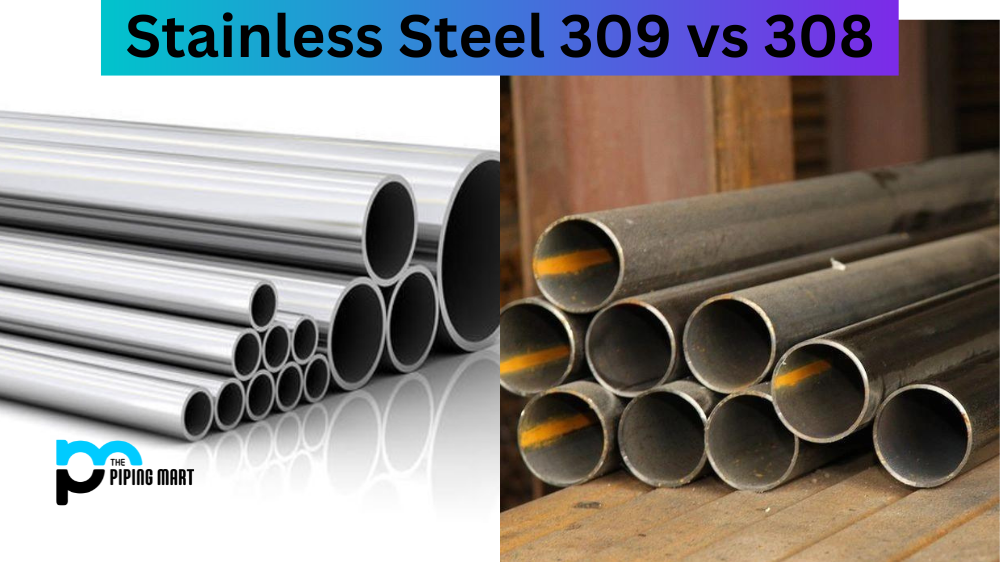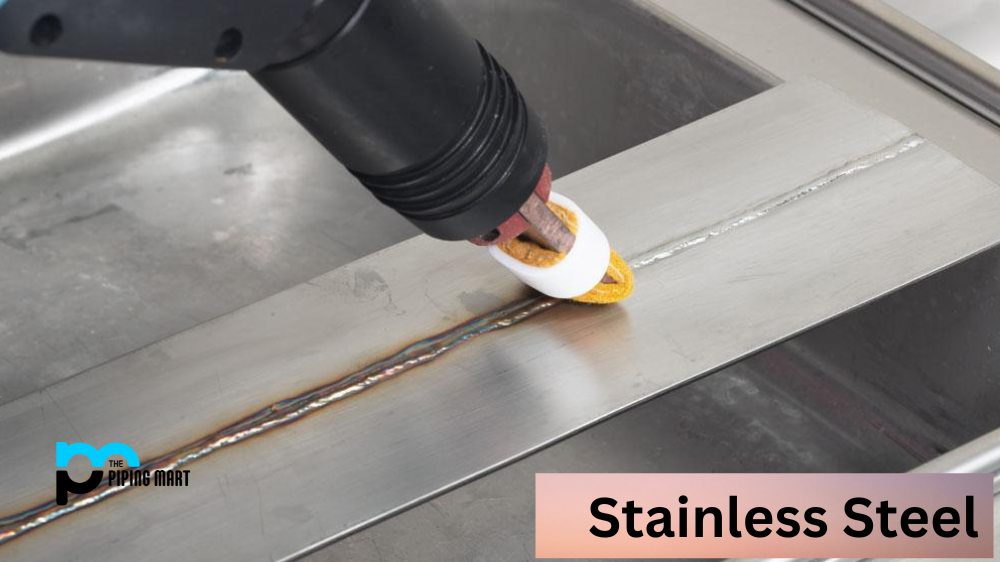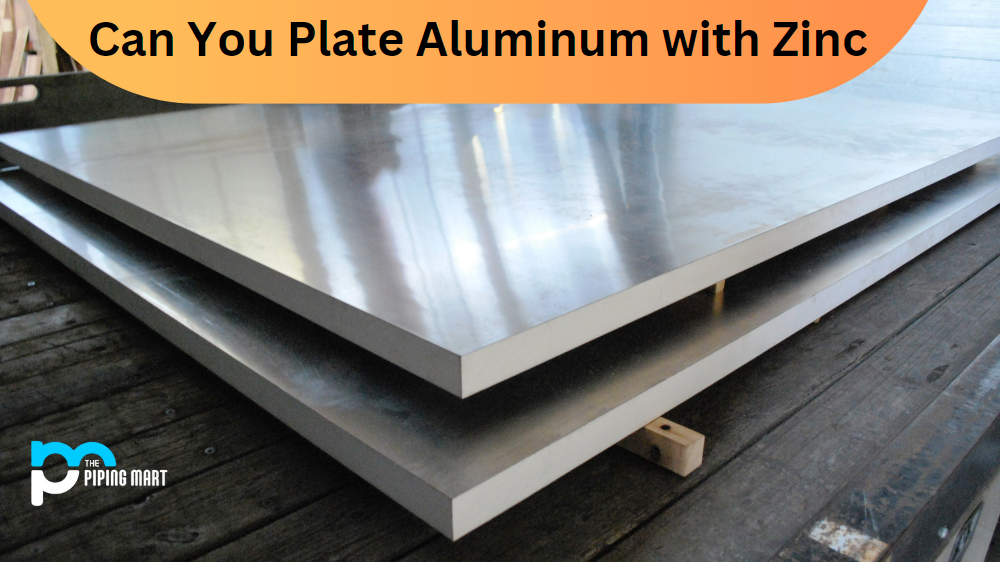Stainless steel is a versatile and popular material used in various industries. It is known for its durability, corrosion resistance, and strength. But when choosing between stainless steel 309 and 308, which one should you use? Both are austenitic stainless steels, but they have different properties and applications. This blog post will explore the differences between stainless steel 309 and 308, their uses, and why one might be preferred.
What is Stainless Steel 309?
Stainless steel 309 is an austenitic stainless steel with excellent corrosion and oxidation resistance, making it perfect for applications such as boilers, heat exchangers, and process equipment. Its high creep strength makes it ideal for use in elevated operating temperatures. Additionally, its unique combination of properties provides superior formability and weldability qualities.
What is Stainless Steel 308?
Stainless steel 308 is austenitic chromium, nickel, and molybdenum alloy with excellent corrosion-resistance properties. It offers superior heat resistance to other stainless steel alloys while providing strong mechanical strength. Its anti-magnetic properties make it ideal for food industries or medical environments. Additionally, its low carbon content prevents the formation of carbide precipitation in welding, which increases its utility and capacity for long-term performance in almost any application.
Difference Between Stainless Steel 309 and 308
Chemical Composition
Stainless steel 309 and 308 have different chemical compositions that affect their properties and uses. Stainless steel 309 has higher nickel and chromium levels, making it more resistant to high-temperature corrosion. On the other hand, stainless steel 308 has higher levels of manganese and silicon, which make it more suitable for welding.
Strength and Corrosion Resistance
Stainless steel 309 has higher strength and corrosion resistance than stainless steel 308. It is excellent for high-temperature applications, such as furnaces and ovens, where it can withstand extreme heat and corrosion. It is also resistant to sulfidation and intergranular corrosion, making it suitable for chemical processing and automotive exhaust systems. Stainless steel 308, on the other hand, is used for general-purpose welding and fabrication applications that require moderate strength and corrosion resistance.
Uses
The differences in properties of stainless steel 309 and 308 determine their respective uses in various industries. Stainless steel 308 is commonly used for welding and fabricating equipment that requires moderate strength and aesthetic appearance, such as food processing and sanitary applications. It is also used in automotive exhaust systems, where it resists heat and corrosion. Stainless steel 309 is primarily used in high-temperature applications, such as furnaces, boilers, and heat-treating equipment. It is also used in the chemical processing industry, where it resists corrosion and sulfidation. It is used for components that come into contact with chemicals, acids, and salts.
Cost
The cost of stainless steel 309 and 308 varies depending on the quality and market factors. Stainless steel 309 is generally more expensive than stainless steel 308 due to its higher nickel, chromium, and molybdenum content. However, the difference in cost may vary depending on the specific application and availability of the material in the market.
Conclusion
Stainless steel 309 and 308 have different properties and application uses that make them suitable for various industries. While stainless steel 308 is used for general-purpose welding and fabrication applications requiring moderate strength and corrosion resistance, stainless steel 309 is used in high-temperature applications that can withstand extreme heat and corrosion. Understanding the differences between these two materials can help you choose the right one for your specific application and save costs. Always consult your supplier or fabricator to determine the best project.

Abhishek is a seasoned blogger and industry expert, sharing his insights and knowledge on various topics. With his research, Abhishek offers valuable insights and tips for professionals and enthusiasts. Follow him for expert advice on the latest trends and developments in the metal industry.




